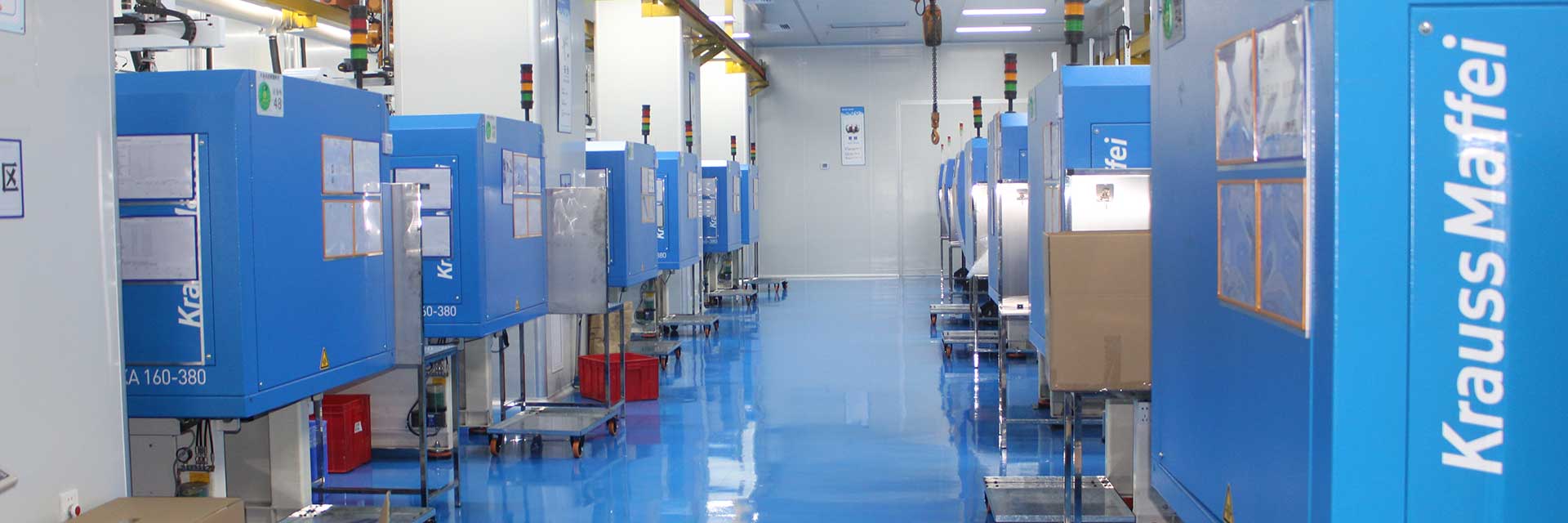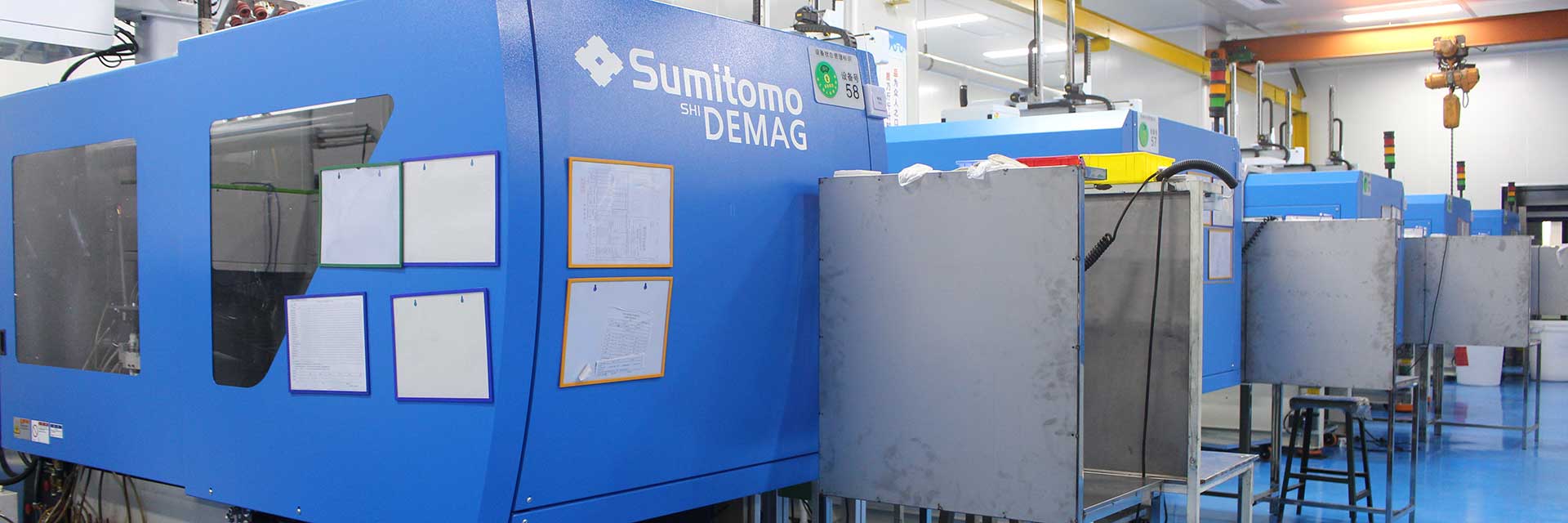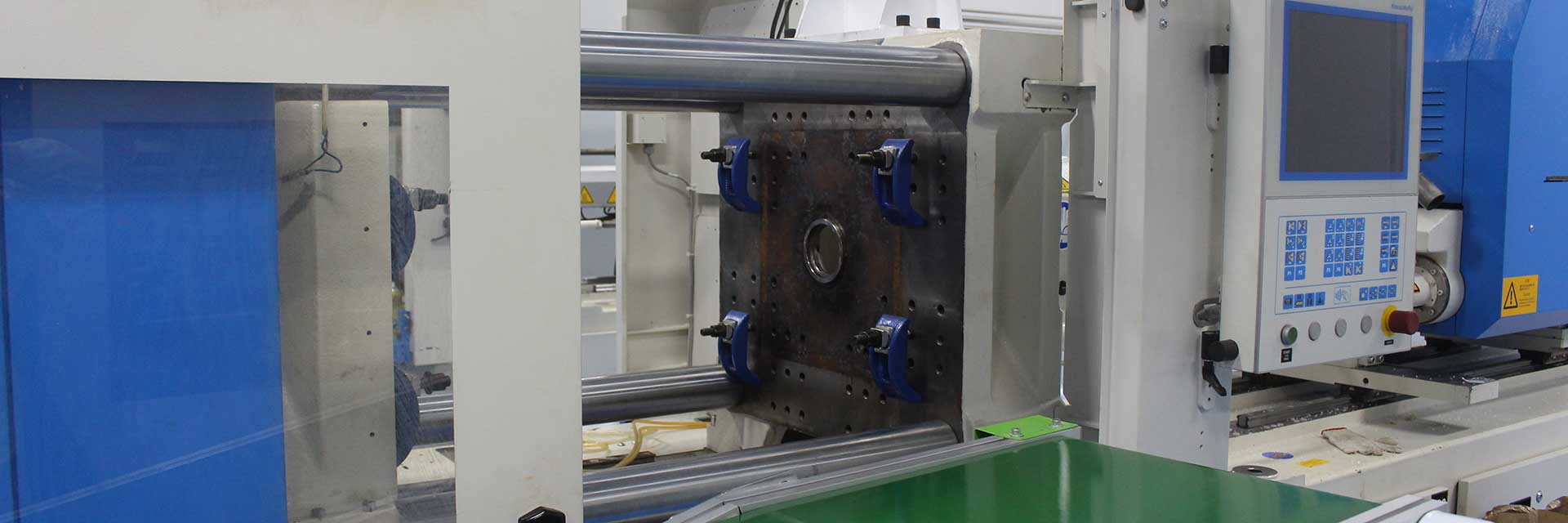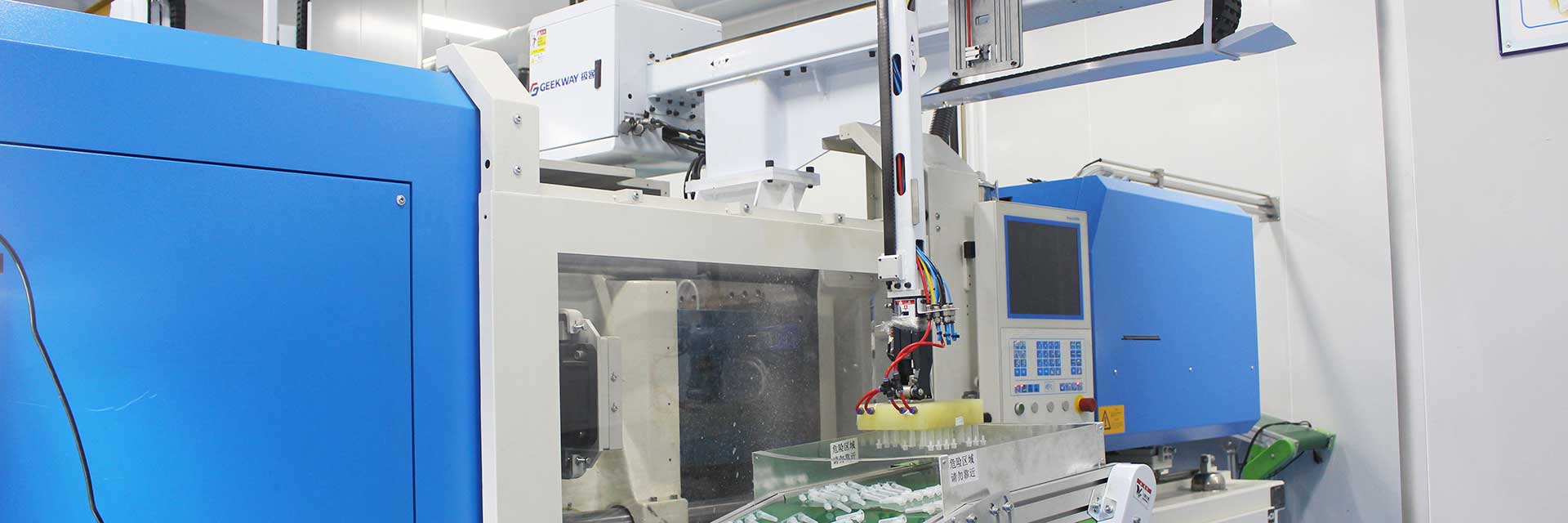Overmolding is a special form of plastic injection molding. Unlike conventional molding, where a finished product is made in one cycle, overmolding requires at least one additional injection cycle using a dissimilar material. This method is also known as 2K overmolding, two-shot molding, or even multiple material molding.

Overmolding starts with a base substrate, on top of which a relatively softer TPE or TPU material is bonded. The base can be metal or plastic, although, in this article, we will focus on plastic applications primarily.
If the substrate is a plastic base, then it’s customary to mold it in the same production cycle. This is done because it’s more cost-effective to make the entire finished piece at one time, rather than paying to transport and store semi-finished goods. But the more important reason is that the elastomer will adhere much better to a still-warm, semi-cured, and “sticky” substrate.
Overmolding uses a special type of plastic injection molding tool, one that has a cavity for the substrate portion and another separate cavity representing the overmolded section.
The first conventional injection cycle forms the substrate, using a standard thermoforming resin. This resin fills the gate, runner, and cavity system of only one part of the mold, while the section representing the overmold is blocked.
Once the base cools and is semi-hardened, the mold is then rotated to a new position and connected to a separate nozzle, gate, and runner system. The remaining void of the mold tool cavity is filled with TPE or TPU elastomer, creating the overmold that bonds to the substrate.
The process is not limited to just two materials, and can theoretically be expanded to include an indefinite number of additional overmolds. However, in practice, more than two becomes increasingly complex and expensive.




